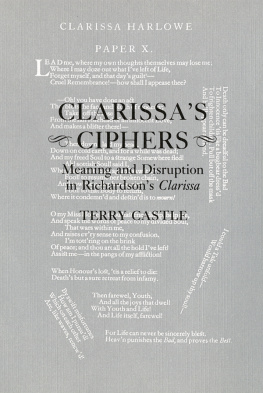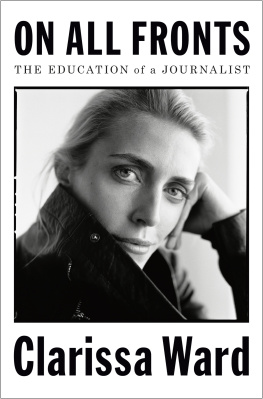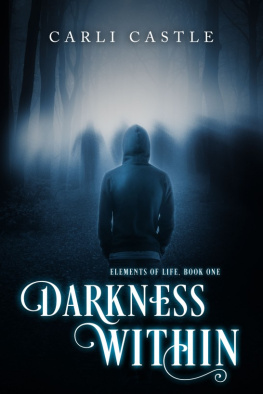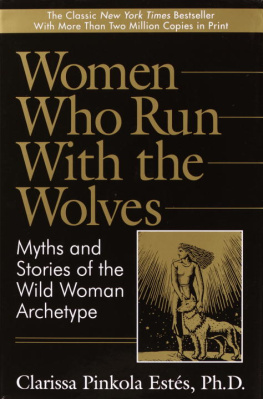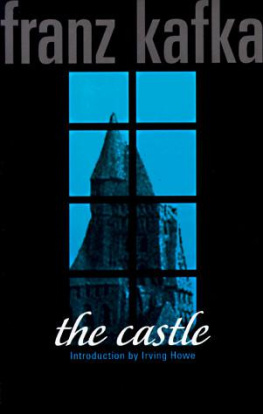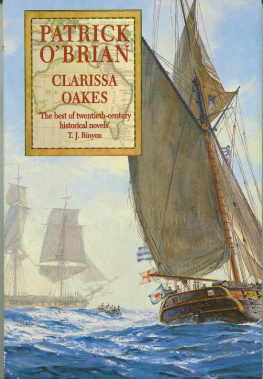Acknowledgments
I am grateful to those who have given me their advice, encouragement, and friendship while I have been working on this book. My greatest debtmuch larger than a single note can acknowledgeis to Paul Alkon, who has overseen this project since its beginning. His support has been unfailing, his enthusiasm sustaining, his commentary invaluable. Madelon Gohlke, Robert E. Moore, Chester Anderson, and Janet Spector all offered many helpful criticisms during the early stages of this work, and recently I have benefited much from the useful suggestions and goodwill of Margaret Doody, Robert Hume, and Ronald Paulson. Nancy K. Miller has shared with me her insights, friendship, and critical savoir faire . I owe thanks to the Department of English at the University of Minnesota and the Bush Foundation for supporting me during the first part of this project, and to Burton Dreben and the Society of Fellows at Harvard University for generously providing me with a new and stimulating milieu in which to carry on my work. I am grateful to Basil Blackwell Publisher for permission to reprint quotations and to reproduce two pages from the Shakespeare Head Press edition of Clarissa (Oxford, 1943). Finallyfor reasons as multifarious as they are deeply feltthank you to Nancy Reinhardt, Kristin Midelfort, Dennis Allen, Frieda Gardner, Malka Goodman, Richard Garner, Peter Galison, and my friends and colleagues in the Society of Fellows.
Terry Castle
Cambridge, Massachusetts
Bibliographic Postscript
Since the 1950s about the only thing that has united Clarissa s often radically divergent commentators has been the desire for Storythe wish to extract from the text a mythos , a symbolic plot, a system of meanings of one sort or another. It is not my purpose here to offer an exhaustive summary of Clarissa criticism, but simply to remind the reader that the different constructions placed on Richardsons great, balky text have been exactly that: images of order imposed from without by readers. In pursuit of Clarissa s meaning critics may differ in the particular critical vocabularies they invoke in order to decode the fiction (and in the degree of intimacy they claim to have with Richardsons conscious intentions), but the overriding project is the same: to produce an interpretative structure within which all elements of the novel may be contained.
One can make rough divisions among typical sorts of readings Clarissa has received in the last few decades. Traditionally, a number of critics have interpreted the novel on intentionalist grounds, giving privileged importance to Richardsons own sense of his work and his audience. His recent biographers T. C. Duncan Eaves and Ben D. Kimpel are a case in point. By relying on a close reading of Richardsons letters and subsequent remarks on Clarissa , they construct a reading of the novel very similar to his own, in which subliminal or subversive moral and psychological possibilities are discounted and Clarissas exemplary qualities are stressed. A reader might well ask himself as he reads whether he is not caught up in Clarissas reality to see through her eyes and whether as he does so he is not moved to a sort of admiration, a sense of the possibilities and powers of the human spirit ( Samuel Richardson: A Biography [Oxford: Oxford University Press at the Clarendon Press, 1971], p. 277). Eaves and Kimpel have disparaging words for those readers who unearth meanings not acknowledged by Richardson himself or by contemporary readers: Readers who find abstract statements about social relationships or illustrations of the doctrines of psychoanalysis of primary interest may read Clarissa in the light of one of these myths or, if they are clever enough, make up their own. We will discuss the novel, as Richardsons simple contemporaries (including Diderot and Johnson) read it, in terms of its realistic surface (p. 241). Mark Kinkead-Weekes ( Samuel Richardson: Dramatic Novelist [Ithaca: Cornell University Press, 1973]), Margaret Doody ( A Natural Passion: A Study of the Novels of Samuel Richardson [London: Oxford University Press at the Clarendon Press, 1974]) and Cynthia Griffin Wolff ( Samuel Richardson and the Eighteenth-Century Puritan Character [New York: Archon Books, 1972]) share in varying degrees the intentionalist bent, recuperating the fiction primarily in terms of Richardsons express artistic, moral, and religious concerns. Jean Hagstrums recent discussion of the ideology of love and sex in the novelin Sex and Sensibility: Ideal and Erotic Love from Milton to Mozart (Chicago: University of Chicago Press, 1980)is likewise founded on the premise that Richardson in some sense speaks through his work, and embodies in it those assumptions about heterosexual passion which he shared with his contemporaries. Alan Wendts much anthologized piece, Clarissas Coffin, Philological Quarterly , 34 (1960), 48195, reinforces Richardsons notion of his heroine as the representative of the great doctrines of Christianity, as does Gerard A. Barkers essay The Complacent Paragon: Exemplary Characterization in Richardson, Studies in English Literature , 9 (1969), 50319.
Other critics, in contrast, have been less willing to organize Clarissa according to Richardsons own prescriptions and didactic concerns, and instead have made claims for implicit nonintentional sorts of significance in the novel. The classic statements of Ian Watt in The Rise of the Novel (Berkeley: University of California Press, 1957) and Christopher Hill in Clarissa Harlowe and Her Times, Essays in Criticism , 5 (1955), 31540, describe Clarissas Story primarily in sociological terms: Clarissa is significant mainly as revelation of bourgeois ideologysocial, economic, and sexual. Similar interests inform, of course, the famous analyses of Clarissa s myth critics, Leslie Fiedler and Dorothy Van Ghent, who claim for it an underlying archetypal meaning. (See Fiedler, Love and Death in the American Novel [New York: Stein and Day, 1960, rev. ed. 1966], and Van Ghents chapter on Clarissa in The English Novel: Form and Function [New York: Holt, Rinehart, & Winston, 1953].) Both Fiedler and Van Ghent locate paradigmatic psychosexual significance in the fiction: Clarissa is, above all, a mythic statement on the paradoxical Western fascination with and fear of heterosexual relations. Morris Goldens work, finally, proposes an intrinsic psychoanalytic content for the fiction. He is concerned to interpret Clarissa in the light of theories of sado-masochism, and to see in it a symbolic revelation of Richardsons own (unconscious) fantasies of dominance and submission. See Richardsons Characters (Ann Arbor: University of Michigan Press, 1963).
No matter whether it thematizes a didactic, sociohistorical, psychological, or archetypal content, the traditional single reading of Clarissa almost invariably implicitly excludes or tries to discount other interpretative possibilities. Few of the foregoing commentators acknowledge critical pluralism or make a case for the polysemousness of the text. Typically, Clarissa s commentators naturalize their own readingsthat is, identify them, exclusively, with truth itself. The same phenomenon is played out even when critics appear to share a similar critical vocabulary or methodology. Most recently, Katharine M. Rogers, in Sensitive Feminism vs. Conventional Sympathy: Richardson and Fielding on Women, Novel , 9 (1975), 25670, and Judith Wilt, in He Could Go No Farther: A Modest Proposal about Lovelace and Clarissa, PMLA , 92 (1977), 1932, both claim a feminist perspective on the novel yet construe it radically differently. One sees it as an example of sensitive feminism and the other as an unpleasantly antifeminist document (cf. Wilt, p. 267). Each construction nevertheless makes its rhetorical claims on truth.
Only very recently has the constructive approach to Clarissa been challenged by what one could call a deconstructive one: John Prestons chapter on Clarissa in The Created Self: The Readers Role in Eighteenth-Century Fiction (London: Heinemann, 1970), Leo Braudys Penetration and Impenetrability in Clarissa , in New Aspects of the Eighteenth Century , ed. Phillip Harth (Essays from the English Institute) (New York: Columbia University Press, 1974), and William B. Warners work are not so much interpretations of the novel as examinations of the way it thematizes interpretation itself. My own study is a further attempt at this sort of investigation.

